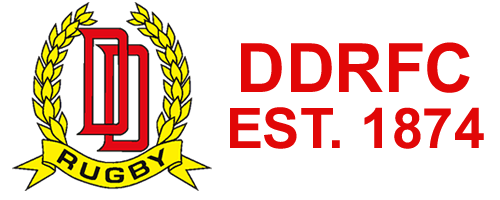Rugby Australia have released an update to the game management guidelines for community level rugby in Australia for the 2020 season.
Key call outs and updates are mentioned below.
Scrum
Stability is paramount at each step of the process.
Engagement sequence: There is no pre-engagement shoulder to shoulder. Gap and stability are key.
Scrum feed: the hooker of the team who put the ball in must strike for the ball (FK).
Collapsed scrums and illegal wheeling: Only after both props have made a forward movement together, will a team be allowed to wheel. Referees should not reward a team that initiates a wheel without dominance.
Mayday: referees should test the following 4-step MayDay knowledge when doing their pre-match talk with the front rowers where appropriate:
- A player calls ‘Mayday’ – all players call ‘Mayday’.
- All players stop pushing.
- All players drop to knees and face-plant.
- Players follow referee’s instructions.
Tackle
Tackler and Tackle Assist: after getting up, the tackler can only play from their side of the tackle ‘gate’ (PK). A tackler who ends up on their opponents’ side of the tackle must roll away immediately. Previously a tackler could play the ball from any direction after getting up.
Tackled Player: the tackled player must not either crawl or re-position their body (e.g. ‘squeeze ball’) to delay the release of the ball when isolated or under pressure. The ball must be available immediately for play (PK).
Post-Tackle Contest: an offside line is created at a tackle when at least one player is on their feet and over the ball. Each team’s offside line runs through the hindmost point of any player in the tackle or on their feet. A player who arrives and picks the ball up at a tackled does not form an offside line.
Ruck
Ruck definition: a ruck is formed when at least one player from each team are in contact, on their feet and over the ball which is on the ground. Each team has an offside line that runs parallel to the goal line through the hindmost point of any ruck participant. (In previous years, this was written as ‘hindmost foot’).
“Use it!” at ruck: when the ball has been clearly won by a team at the ruck, and the ball is available to be played immediately by the scrum-half or another player, the referee should call “Use it!”. The “Use it!” call does not mean the ball is out. The team in possession then has 5 seconds (the countdown is not verbalised) to use the ball. If the ball is not used, a scrum should be awarded to the team not in possession.
Ball out and collapsed ruck: scrum halves are not to baulk when setting up to box kick (FK). At a tackle, a player can pick up the ball as long as one foot is level with or behind the ball. At a ruck, a player can pick up the ball as long as both feet are level with or behind the ball. If a player is still bound with an opponent, then they cannot pick up the ball.
Quick throw and lineout
Put back into own 22m: when a quick throw-in is taken from within the 22m area when the mark of touch is actually outside the 22m
Lineout Management: the throwing team must not delay the formation of a lineout by forming a line or huddle away from the line-of-touch. They must set their numbers clearly when forming the lineout, hence giving the defending team a reasonable opportunity to match (FK). Referees should penalise a defending lineout that drives in on the jumper and/or support players while the jumper is off the ground. (Referees should manage teams holding jumpers in the air trying to contrive this PK.)
Maul
World Rugby Law changes / clarifications: the ‘ripper’ needs to stay in contact with the jumper until the ball is fully transferred, and cannot immediately shift lanes. No ‘long transfer’ of the ball to the back of the maul from the lineout jumper. This is particularly obvious when players join in front of the new ball carrier.
Foul Play
World Rugby High Tackle Guidance: World Rugby has provided new guidance regarding high tackles. Stricter enforcement is encouraged: ‘contact with the head’ should in most cases result in a PK minimum. This includes a fend from ball carrier with forearm/elbow. To decide an appropriate sanction (PK, YC or RC), referees should be considering:
- Contact point – where did the tackle start/finish, was contact with hand, arm or shoulder?
- Action – was the tackling action accidental, reckless or deliberate?
- Degree of force – severity of impact, does the tackler ‘carry on’ through the tackle, e.g. around the neck?
Other foul play: in open play, lifters must lower that player to the ground safely as soon as the ball is won by either team which brings this in line with lineout (FK).
Other
Blue Card Implementation: when a player leaves the field due to signs and symptoms of suspected concussion, the referee will show them a Blue Card. This triggers an off-field process. A tactically replaced player may return to play to replace a player who has been shown a Blue Card. Replacements due to blood injury, concussion or injury due to foul lay do not count in the designated number of movements.
Referee Management: if play approaches an injured player on the ground, the referee should stop the game immediately.
